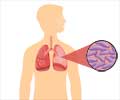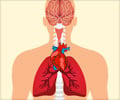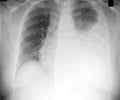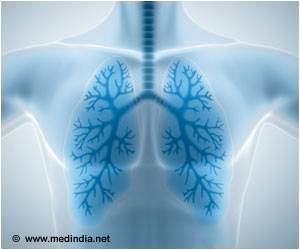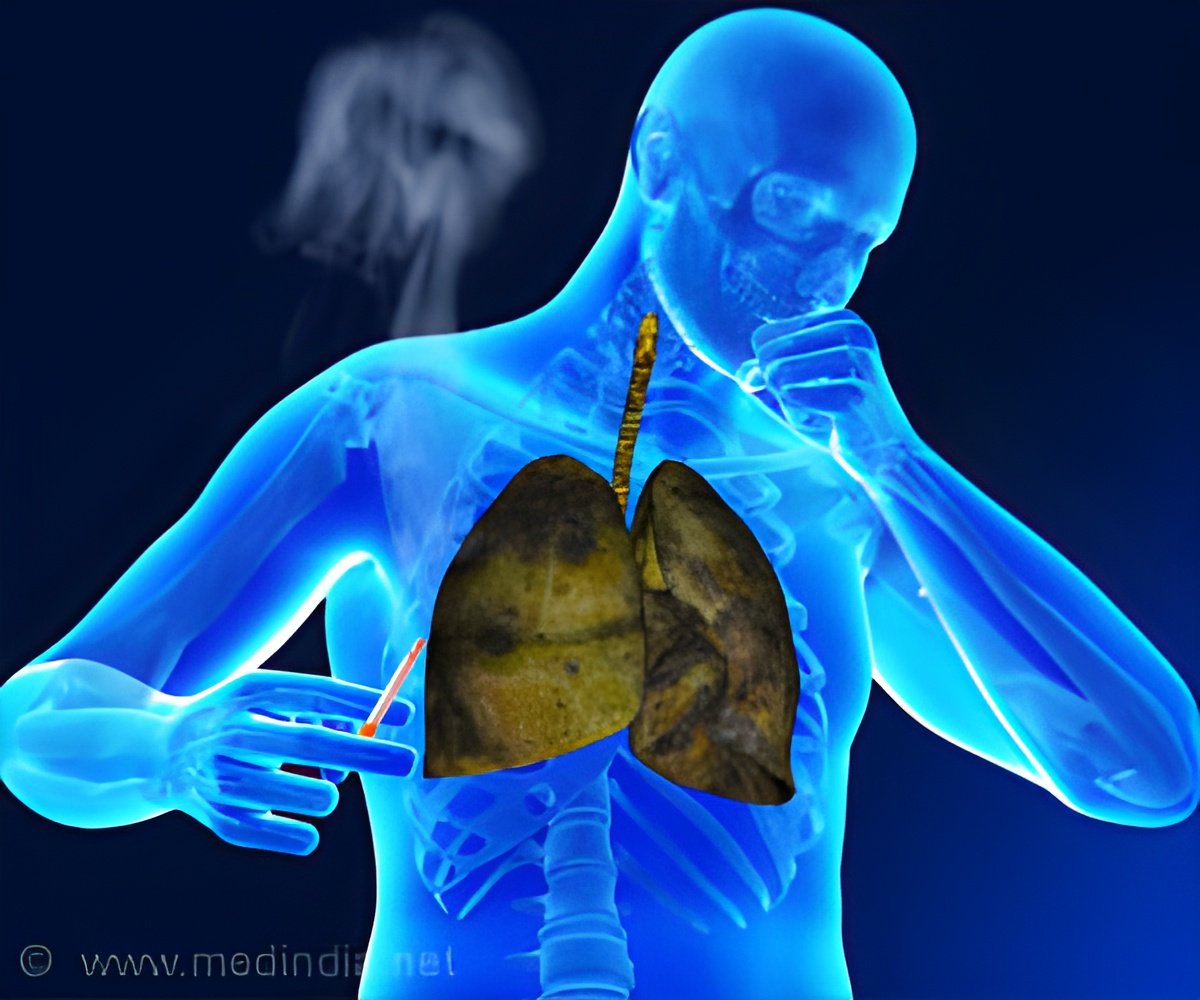
‘Tuberculosis (TB) progression is a slow but steady transition from an immunologically dormant state to the highly inflammatory, clinical manifestations of microbiologically confirmed, active TB disease.’





To better understand the mechanisms that underlie development of tuberculosis, Thomas Scriba of the University of Cape Town, South Africa, and colleagues followed 150 adolescents infected with M. tuberculosis for several years. 106 of the study participants remained healthy, but 44 went on to develop pulmonary tuberculosis within a few years of initial infection.During the study period, the researchers took regular measurements to monitor and compare immune system activity between individuals who remained healthy and those who eventually fell ill. They found that some differences were detectable as early as one to two years before diagnosis, while some were only detectable just before active disease began.
Eighteen months before diagnosis, the researchers found, individuals had elevated activity of immune system signaling molecules known as interferons, which aid in fighting infection. They also had elevated activity of the complement system, another immune system component. In the days just before diagnosis, additional immune changes occurred, including increased activity of white blood cells.
The scientists also analyzed which genes were expressed in T cells (a type of white blood cell) purified from study participants' blood. They found that certain genes associated with T cells' response to infection were suppressed in those who later developed pulmonary tuberculosis.
Overall, these findings lay out a clearer timeline of biological events that occur along the path from infection to disease. With further research, this knowledge could aid development of new strategies for diagnosis, vaccination, and treatment.
Advertisement

